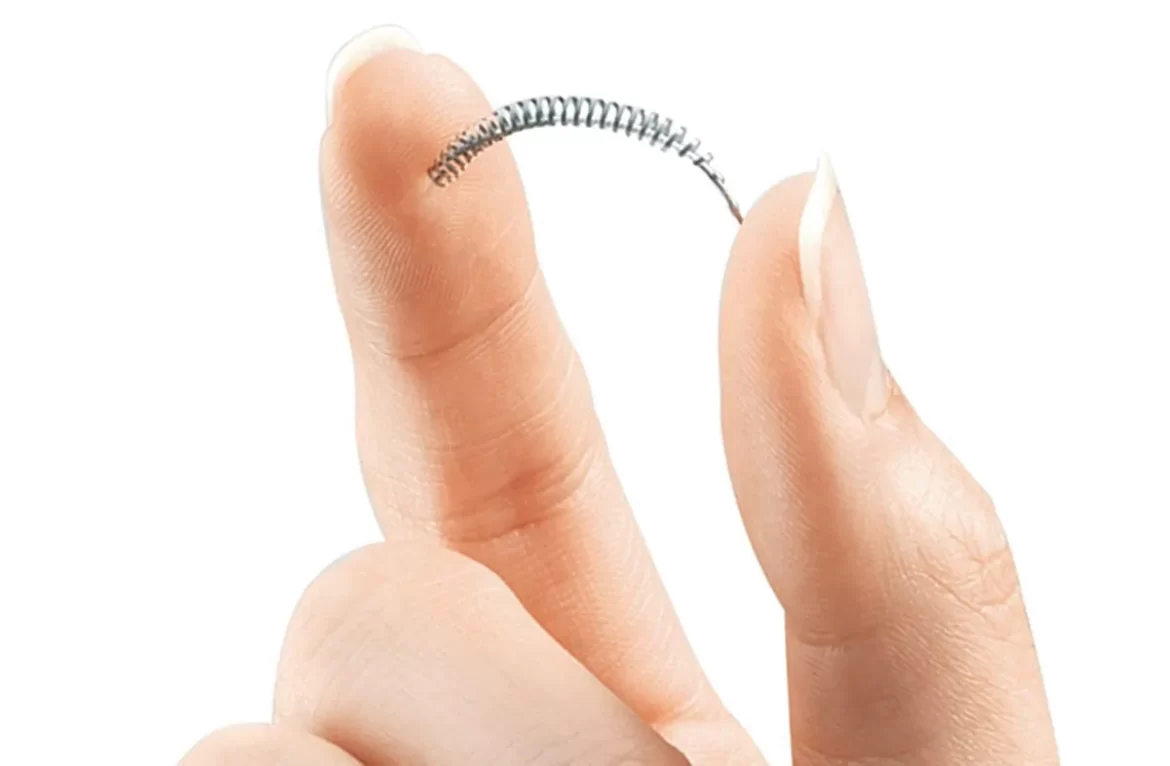The recovery period after tubal implant removal surgery depends on the procedure used and how long the device was in your body. Outpatient operations enable you to go home the same day, while more extensive operations like a hysterectomy will necessitate a longer recovery period that may last weeks. Complications from the Essure procedure, such as infection and organ damage, may lengthen recovery time. Leftover pieces of metal or fibers from Miami Essure tubal implants removal may also cause problems.
What is an Essure device?
Essure is a permanent birth control device consisting of metal coils placed through the uterus into your fallopian tubes to create a chronic inflammatory response. This makes scar tissue develop around the coils, blocking the tubes and preventing pregnancy. The device is hormone-free and comprises an inner plastic fiber, a flexible stainless steel inner coil, and an outer nickel titanium alloy coil.
Surgical alternatives for removing Essure coils
Due to the complex history of Essure, many women request that their devices be removed. Your doctor can use three methods to do this:
- Laparoscopic total salpingectomy
Laparoscopic total salpingectomy for Essure removal takes around 30 to 45 minutes and is performed as an outpatient procedure. You go home the same day after only three to four minor puncture wounds. Most recovery occurs in the first 2 to 3 days, with a total recovery duration of about two weeks. The key to the procedure’s efficacy is complete removal implying that your whole fallopian tube is removed, including the section that travels through the uterine wall into the uterine cavity.
This is a difficult laparoscopic surgery that necessitates the services of a skilled gynecologic surgeon. To minimize bleeding, the base of the tube is injected with vasopressin and desiccated with energy. Laparoscopic procedures are then utilized for slicing through the myometrium (uterine wall) and removing the whole tube and coil as a single piece. This is the safest technique to remove the full Essure coil when in the normal position. The incisions on the uterus are stitched up laparoscopically in one or more layers.
- Hysterectomy with bilateral salpingectomy
The only method to ensure that the entire Essure length is eliminated without risk of breaking the coils is to have a hysterectomy with bilateral salpingectomy (removal of the uterus, cervix, and both fallopian tubes together).
While most patients with a complete laparoscopic salpingectomy can have the entire length of the coils eliminated, removing the whole uterus may be ideal in some cases to guarantee that no part of the coils is left behind.
- Hysteroscopic removal
Your doctor can sometimes eliminate Essure coils hysteroscopically without any incisions. The Essure coils are removed by simply taking them out via the cervix after a camera is put through the vagina and cervix to examine the coils within the uterus. This treatment can only be performed safely if a particular number of coils are visible within the uterine cavity and the positioning is not optimum.
The choice to have your Essure removed is a personal one. Some women select Essure removal surgery after experiencing adverse effects like organ perforation, bleeding, and pelvic discomfort caused by the device. Consult with your healthcare practitioner who has experience with Essure before deciding. Call Peter A Khamvongsa, FACOG, FACS, IF, or book your appointment online to determine if you are the best candidate for Essure tubal implant removal procedures.


